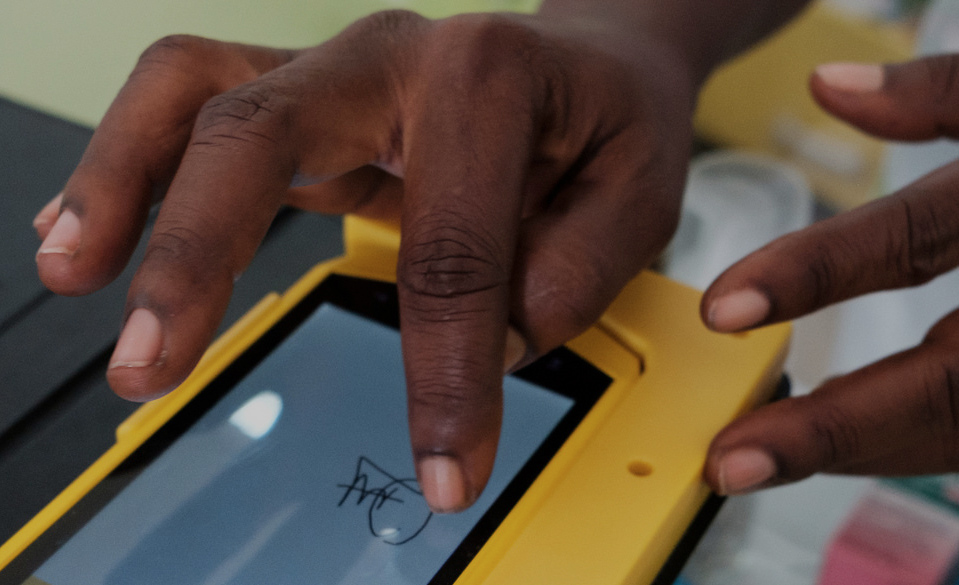
[ad_1]
New levers for access to financial services
Rapid technological changes and innovations, in particular the spread of mobile telephony, are boosting access to financial services and inclusion. According to the GSMA, the association of mobile operators, mobile payments currently amount to one billion dollars a day, via 276 systems deployed in 90 countries. Mobile phones and other access points allow those in need to access financial services without having to travel long distances to a bank branch.
Financial Technology Companies (or fintech ) are shaking up the financial sector landscape by facilitating access to its services as never before. Thus, super-platforms, like Ali Baba / Ant Financial, target a growing number of people thanks to the internet market places and social networks.
Innovation and the "mobility" of financial services have been playing since a few years a determining role
Having a current account is a good start, but using it is better
The objectives of financial inclusion have also changed. Having access to a bank account is a good thing, but it is not enough. Owning an account does not mean using it, as the Findex data show.
In some emerging markets, the bank rate is now at least 80%. This is the case in China, India, Kenya and Thailand. From now on, it is the use of these bank accounts that needs to be improved. According to Findex, one fifth of accounts worldwide are not active (no deposits or withdrawals in the last 12 months).
The example of China shows how we can promote this transition: today more than 80% of adults in China have a bank account and 85% of adults who shop online also pay online (not in cash on delivery).
To increase use bank accounts, a country may decide to digitize cash payments (salaries and public transfers). It can also begin by investing in essential tools, such as digital IDs and online credit history. Indeed, when one can prove who one is and provide a credit history, it is much easier to open an account in a financial institution.
Bridging the remaining gaps
S ' it is important to focus on strengthening the use of bank accounts; countries must also continue to expand access to finance for more hard-to-reach groups of people, such as women, the poor and rural people. According to the latest Findex data, about half of the unbanked are women, live in low-income households or are inactive.
Financial services must be adapted to the expectations of those who access them for the first time. the first time and who are likely to need specific support to learn how to use them as well as personalized products.
Thanks to the financial skills (knowing and using financial services) that she has acquired, Mohirahon has could have enough confidence in her to open her own shop. Likewise, Farzona, an Afghan refugee in Tajikistan, took financial literacy classes and learned to record all her purchases. "It helped me limit unnecessary expenses. Now I know how to manage my money. I was able to increase my savings, and my household budget. "
These training courses help new consumers who enter the formal financial sector make informed decisions. However, they must also be protected from unsafe business practices, hence the importance of strong frameworks to protect consumers (a).
On the other hand, it is essential to focus efforts on inclusion. women, which plays a key role in women's empowerment and gender equality. Although 65% of women now have a bank account, up from 58% in 2014, the gap between men and women remains 9 percentage points in developing countries. The countries with a gender gap in 2011, when the Findex was created, retain it today, and it is particularly marked in South Asia.
[ad_2]
Source link